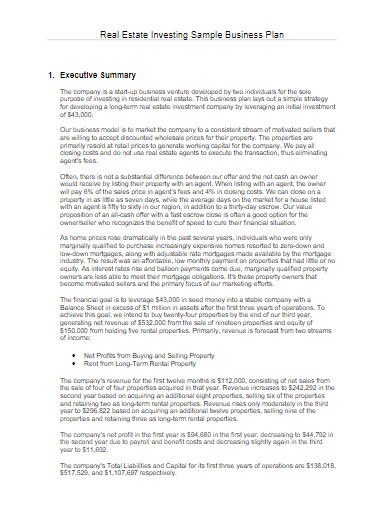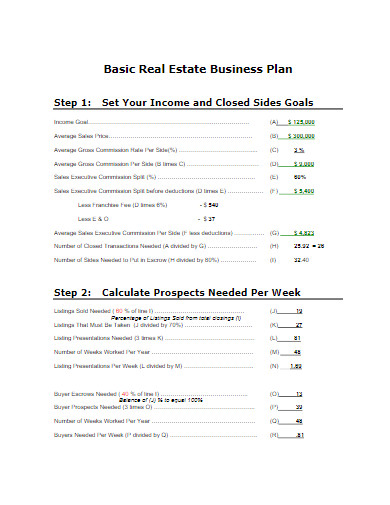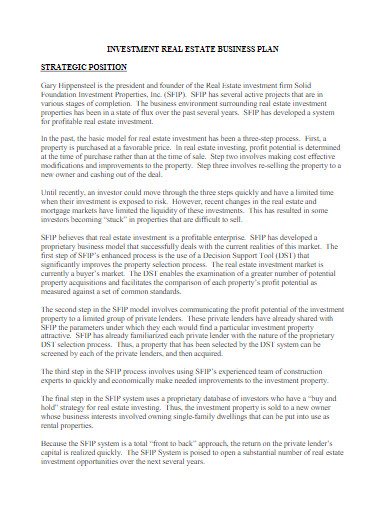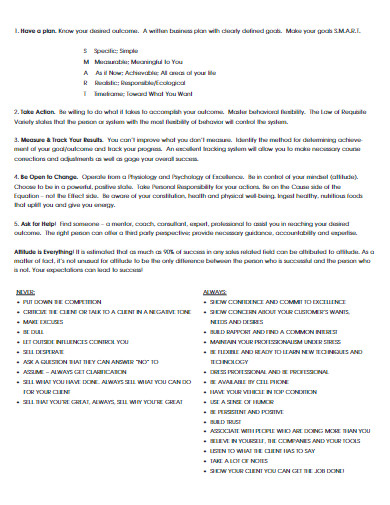15+ Real Estate Business Plan Examples to Download
Considering how big the real estate industry is, wealthy investors and entrepreneurs alike are looking to partake in such a line of business. In line with that, both of them require a document to act as a window that shows how viable business can be. This document is known as a business plan. It completely details the realtors or agents’ strategies in many areas of a real estate business, including the financial, operational, marketing, and other aspects. Moreover, such a document’s content is leveraged by small businesses, both commercial and residential, as a proposal to potential investors. Established ones, on the other hand, use it as a guide for their businesses’ growth. Know more about the real estate business plan through our examples and article below!
15+ Real Estate Business Plan Examples
1. Real Estate Business Plan Template
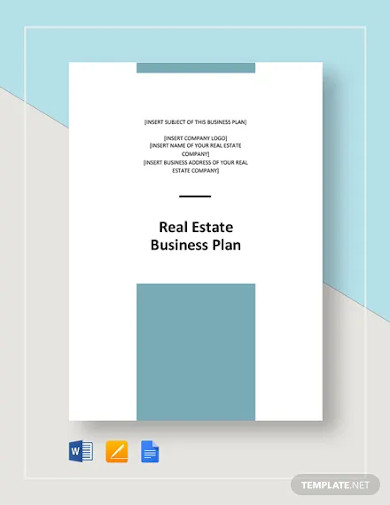
2. Start-Up Real Estate Business Plan Template
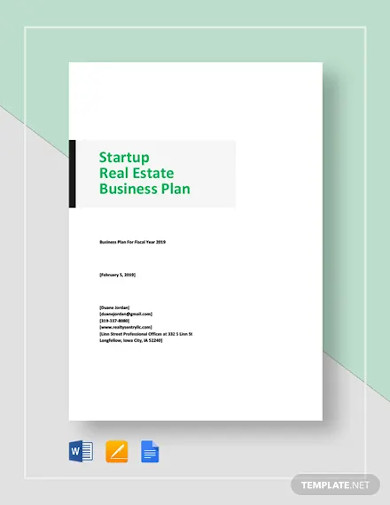
3. Real Estate Agent/Agency Business Plan Template
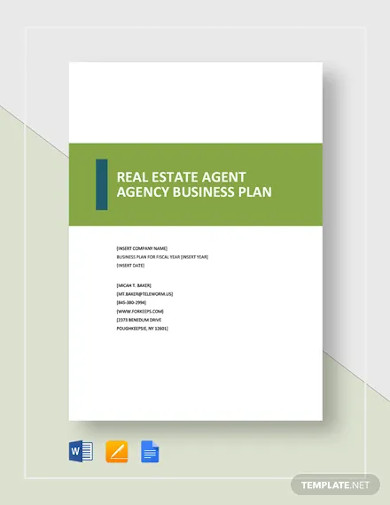
4. Real Estate Website Business Plan Template
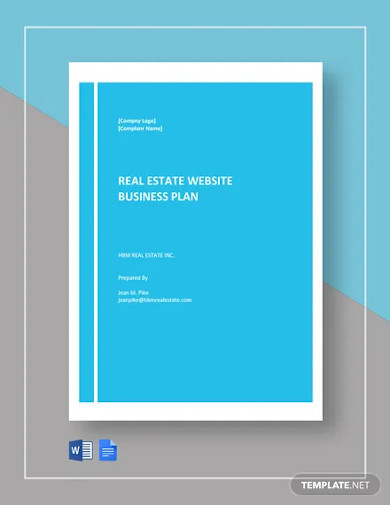
5. Free One Page Real Estate Business Plan Template
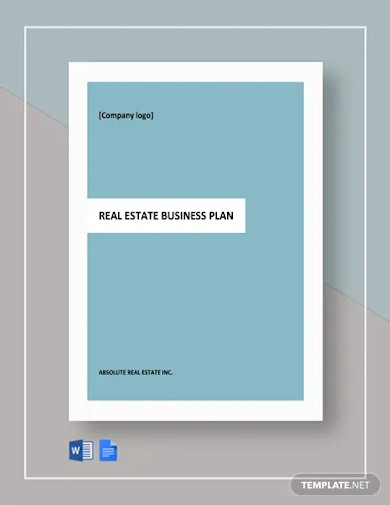
6. Free Sample Real Estate Business Plan Template
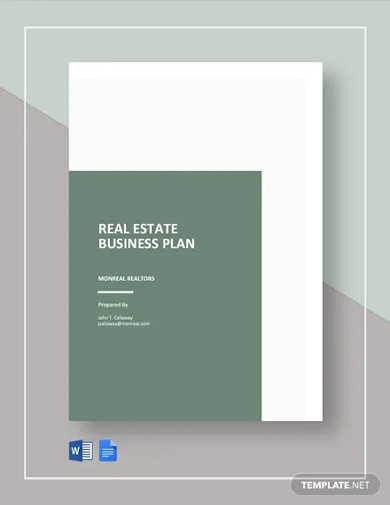
7. Free Simple Real Estate Business Plan Template
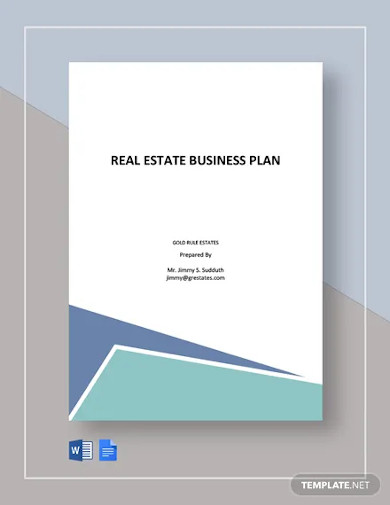
8. Free Commercial Real Estate Business Plan Template
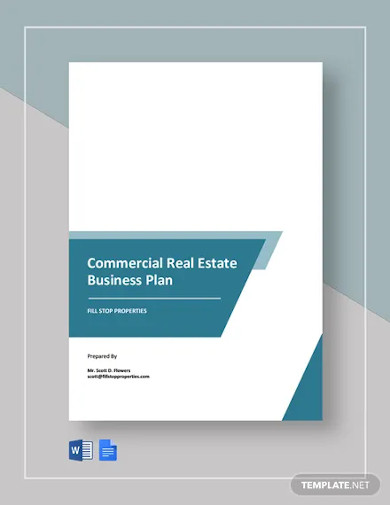
9. Real Estate Investing Sample Business Plan
10. Basic Real Estate Business Plan
11. Real Estate Network Business Plan
12. Real Estate Business Plan Example
13. Investment Real Estate Business Plan
14. Real Estate Business Plan in PDF
15. Simple Real Estate Business Plan
16. Real Estate Business Plan Format
What Is a Real Estate Business Plan?
A real estate business plan is a process document that provides a detailed overview of the real estate agency’s procedural concepts, from the property acquisitions to the budget setting. Ignition Financial pointed out that it is necessary for various ways. According to them, the document helps proprietors understand how their business works even better, budget for short-term goals and long-term goals, comply with loan application requirements, and raise finances through investments. Once created, it must be updated from time to time to cope with the constant changes in the market and gain a competitive advantage.
Types of Real Estate
Real estate agencies mostly specialize in only one type of real estate business. For your information, such a business can be categorized into four. These include residential, commercial, industrial, and land.
Residential Real Estate – This consists of single-family homes, condominiums, vacation homes, high-value homes, multi-generational homes, and townhouses.
Commercial Real Estate – This type of real estate focuses on shopping centers, malls, educational buildings, offices, hotels, and apartments. The latter establishments are considered commercial because they generate income.
Industrial Real Estate – This type refers to the construction and reselling of manufacturing properties and warehouses. Basically, the establishments are used to produce goods, research, distribution, and even storage.
Land – Undeveloped lands, ranches, and working farms are the main focus of this type of real estate.
How To Prepare a Real Estate Business Plan
Business plans follow a standardized document flow. This only means that the writer has to study what the standards are. Not only that, but various qualities, such as their thoroughness and clarity, also have to be incorporated. To assist you with these, we offer you our standardized outline that you can refer to below.
1. Give Summary of the Plan
The executive summary is the very first section of all business plans. However, most writers compose it after all the sections have all been set. As the name implies, this section summarizes the entire content of the business plan. The very reason why most people prefer composing it last is that doing so allows them to take note of the important details in every section, making it easier for writers to write it.
2. Provide an Overview of the Business
The section next to the executive summary is the business overview. In this section, the business opportunity is being presented, along with explanations of what issues have been addressed and why it is the solution. Moreover, analyses’ activities, such as the real estate market analysis, SWOT analysis, and target market analysis, have to be described in complete details. They have to be included to preliminarily examine whether or not the said activities are fit to get the desired results about the market and the competitors.
3. Cite the Sales and Marketing Strategies
Sales and marketing are among the pillars of any business. For this very reason, you must never forget to cite the sales and marketing strategies of your business. This has to include subjects such as pricing, packaging, promotion, and advertising. Each of the aforementioned elements has its corresponding methodologies and structures. Thus, you have to research each of them to learn which is more effective and efficient for your business proposition.
4. Discuss How Operations and Management are Done
Other pillars of business take the form of operations and management departments. Their main function is to spearhead the setting of key performance indicators (KPIs), acquisition of equipment, recruitment plan, employee training plan, distribution of responsibilities, and supervision. In this section, you’re going to present your company’s statements of your mission and objectives, which will be linked to the operations and management activities later on.
5. Present the Financial Plan
Anything that involves monetary numbers and figures goes in this last section. For this part, the most important and only thing you have to include is the sales forecast. You might think that’s easy. However, the said forecast comes with many processes, including the provision of profit and loss statement, cash flow statement, and real estate balance sheet. If you’re using this business plan to gather financial assistance from investors, you have to clearly describe how you’ll spend their money and how you can deliver the return on investment (ROI). Lastly, you have to incorporate descriptions of your exit strategy. This is crucial to let investors or other affiliations know how you plan on paying debts and interests if you decide to end your business.
FAQs:
What are the components of a profit and loss statement?
Profit and loss statements consist of the following sections:
– Income
– Cost of Goods Sold (COGS)
– Gross Margin
– Operating Expenses
– Total Operating Expenses
– Operating Income
– Interests, Taxes, Depreciations, and Amortizations
– Total Expenses
– Net Profit
How long should a business plan be?
According to the United States Small Business Administration (SBA), the recommended number of pages for a business plan is 30 to 50.
What is the commonly used pricing strategy for real estate?
The best pricing strategy to sell a property quickly is value pricing. Every real property has a market value, which is calculated by deducting or adding adjustments on the actual price based. Most buyers also look into the market value before purchasing real property.
Many have already testified how profitable a real estate business is for both entrepreneurs and investors. Still, there’s a need for you to be very careful. And, there’s no better way of becoming careful than planning and documenting concepts, which are some of the things that a real estate business plan can manage.



